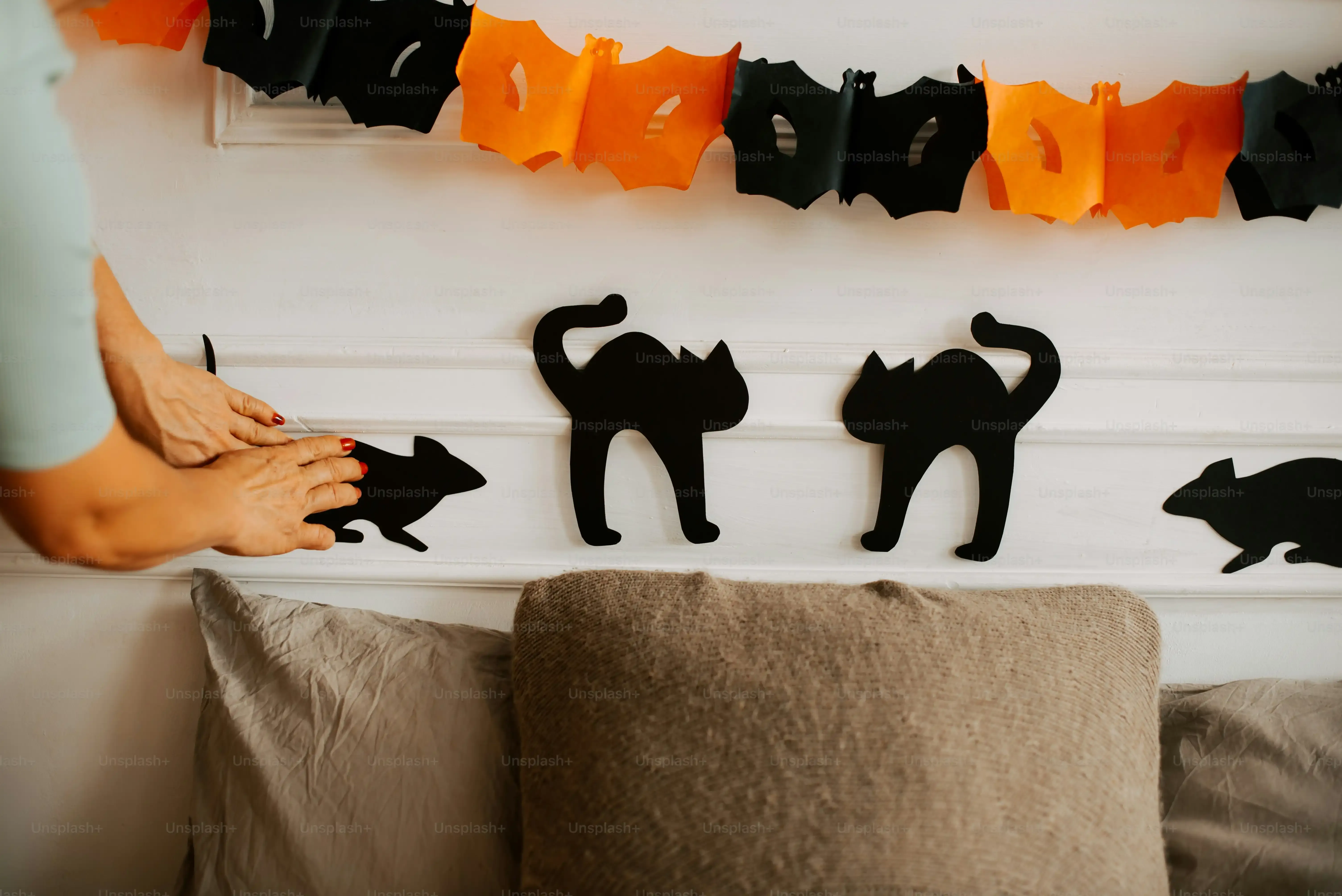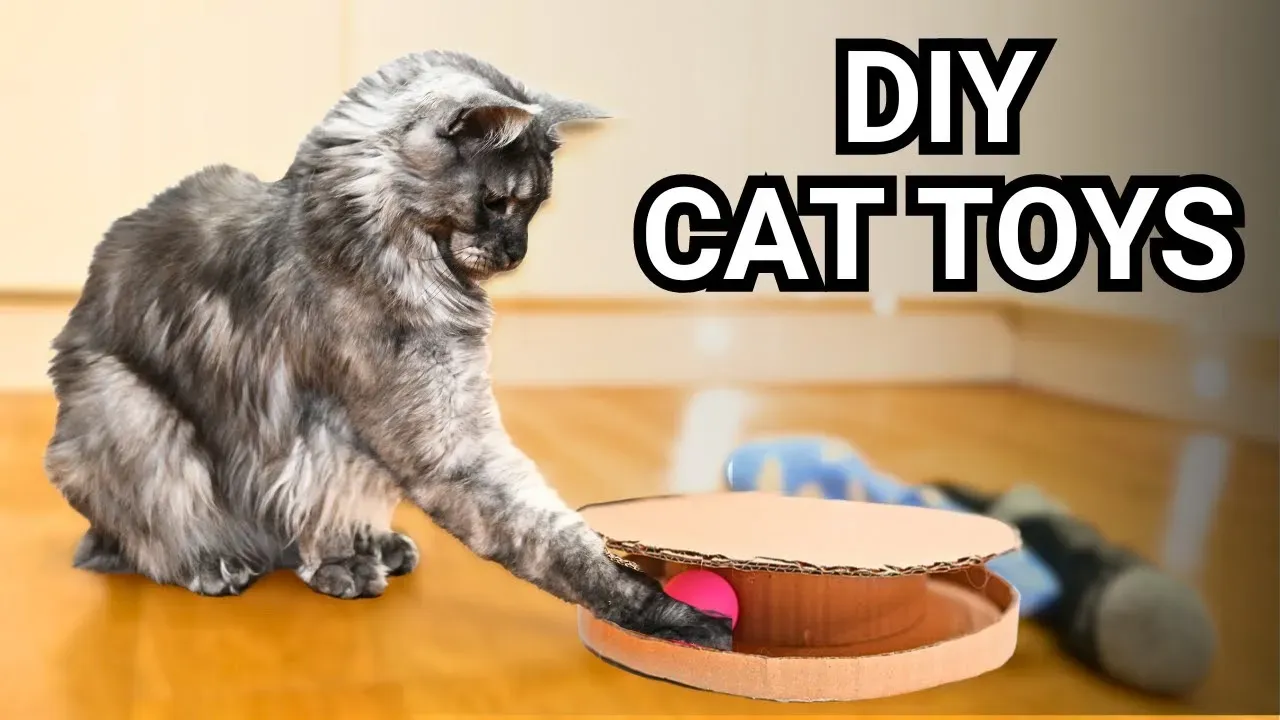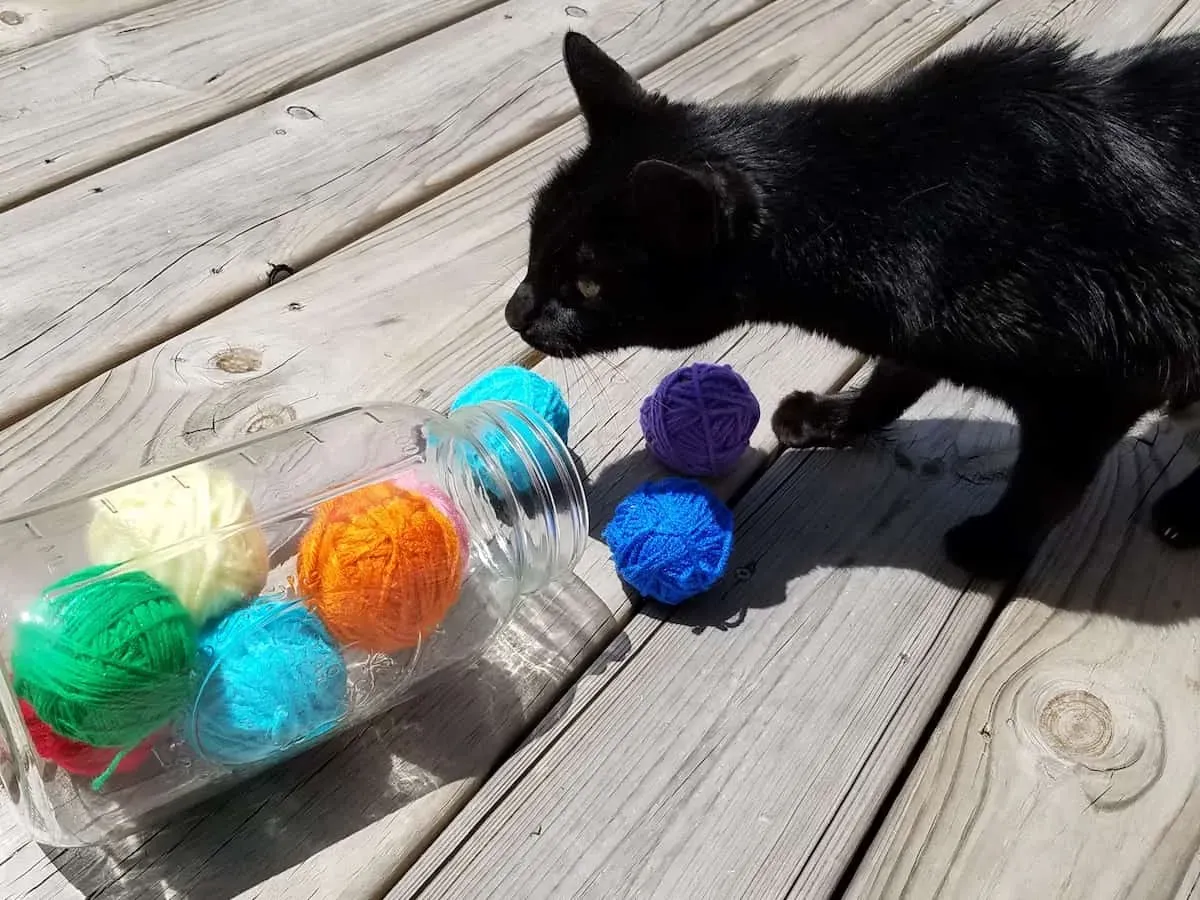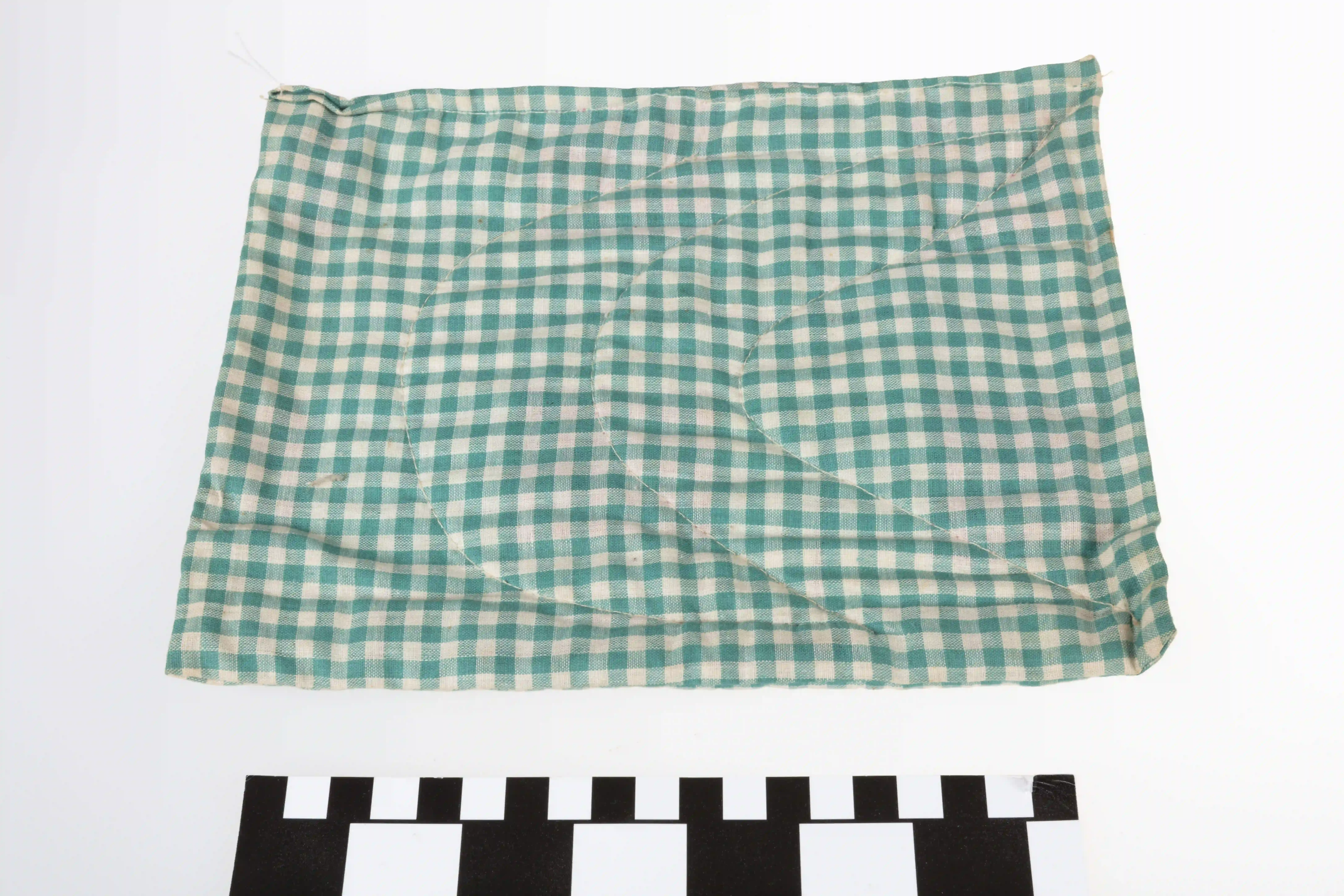Table of Contents
Let's face it, your cat probably has more toys than you have socks, and they're still batting at a dust bunny under the sofa. The pet store aisle is a minefield of overpriced fluff and plastic that lasts roughly five minutes before being reduced to sad, shredded remnants. You buy the fancy laser pointer, the interactive puzzle feeder, the catnip-stuffed mouse, and what do they play with? The box it came in. Sound familiar? It's a common tale of feline indifference to commercially produced entertainment.
Why Bother? The Perks of Homemade Cat Toys

Why Bother? The Perks of Homemade Cat Toys
Saving Your Wallet (And the Planet)
let's be real. Walk into any pet store, and you're immediately hit with the price tags on cat toys. It's wild! A tiny feather on a stick? Five bucks. A plush mouse the size of your thumb? Ten bucks. And how long do these things last? Usually until the first serious play session, then it's stuffing everywhere. Homemade cat toys are the ultimate budget hack. You're using stuff you probably already have lying around – old socks, cardboard tubes, fabric scraps, maybe that lone mitten that lost its partner years ago. It costs next to nothing. Plus, you're giving new life to items that might otherwise end up in the trash, which is a nice little win for the planet, right?
Tailored Fun and a Stronger Bond
Beyond the financial aspect, making your own homemade cat toys lets you customize them. You know your cat best. Do they go nuts for crinkle sounds? Do they only play with things they can bunny-kick? You can build that into the toy. A store-bought toy is mass-produced; your DIY creation can be specifically designed for your little hunter's quirks and preferences. There's also something cool about watching your cat absolutely lose their mind over something you cobbled together yourself. It creates a different kind of interaction, a shared moment of play sparked by your effort. It's more personal than just tossing a shiny new thing at them.
- Saves money compared to buying new toys.
- Uses up materials you already own, reducing waste.
- Allows for customization based on your cat's specific play style.
- Creates a unique bonding experience through shared play.
- Provides the satisfaction of making something functional and fun.
Simple Homemade Cat Toys from Things You Already Have

Simple Homemade Cat Toys from Things You Already Have
The Mighty Cardboard Roll and Other Classics
Look, your cat doesn't need blinking lights or microchips to have a good time. Sometimes, the simplest things are the biggest hits. Take the cardboard tube from a toilet paper or paper towel roll. Seriously. Poke a few small holes in it – big enough for a kibble or tiny treat to fall out, but small enough they have to work for it. Bam. Instant puzzle toy. Or just leave it as is; some cats love batting these around, the lightweight roll skittering across the floor. A crumpled-up piece of paper? Classic. The sound and texture drive some cats wild. Just make sure it's plain paper, no staples or tape. Empty plastic water bottle? Remove the cap and ring, maybe toss a dry bean or two inside for noise (securely!). Some cats adore the crinkle and roll of these things. It’s almost insulting how easy and cheap these homemade cat toys are compared to what you pay at the store.
Fabric Scraps and String Theory
Got an old t-shirt you're about to toss? Or maybe some leftover fabric from a project? Cut it into strips. Tie a few strips together at one end, maybe braid them loosely. You've got a simple fabric lure or kick toy. Cats have a natural instinct to "bunny kick" things with their back legs, and a soft, dangly fabric toy is perfect for this. Just make sure the pieces are large enough they can't be easily ingested. A plain cotton string (like butcher's twine) tied to a stick becomes a wand toy – supervised play only, of course, as string can be dangerous if swallowed. Even a single sock, knotted at the end, can be a surprisingly effective toy for batting and carrying around. These simple homemade cat toys tap into their predatory instincts without requiring a trip to the store.
- Cardboard tubes (with or without treat holes)
- Crumpled paper balls (plain only)
- Empty plastic bottles (cap/ring removed, maybe add beans)
- Fabric strips or braided scraps
- Single socks (knotted)
- Cotton string tied to a stick (supervised play essential)
Level Up Your Game: More Creative Homemade Cat Toys

Level Up Your Game: More Creative Homemade Cat Toys
Bringing in Textures and Sounds
so you've mastered the cardboard tube and the sock knot. Ready to get a little more ambitious? It's still not rocket science, I promise. Think about what really gets a cat going – different textures and sounds. You can combine materials. Grab an old plastic bottle (lid and ring off, obviously) and wrap it in some leftover fleece or felt, securing it with non-toxic glue or stitching. The crinkle of the bottle inside a soft, biteable exterior? Pure cat nirvana. Or how about a simple felt mouse? Cut out two mouse shapes, stitch them together most of the way, stuff with fabric scraps or old pantyhose bits, and stitch closed. Add a little felt tail. It's simple, durable, and they can really sink their claws into it.
Adding the Magic Ingredient: Catnip
For many cats, catnip is the secret sauce. A sprinkle inside a homemade toy can turn an object of mild interest into the greatest thing ever created. When you're making those felt mice or fabric scrap toys, tuck a pinch of dried catnip inside before you seal it up. You can also make simple catnip sachets using small squares of breathable fabric (like cotton or muslin) tied shut with twine. Just a note: not all cats react to catnip, and some actually get aggressive. Know your cat before you unleash the 'nip. For those who don't respond to catnip, silvervine is another natural stimulant that works for a different percentage of cats.
Here are a few materials you can combine for interesting textures:
- Plastic bottle + Fleece/Felt = Crinkle & Soft
- Cardboard tube + Jute twine wrapped around = Scratchy & Roll-y
- Old t-shirt strips + Crumbled paper = Soft & Crinkly
- Wine cork + Feathers (securely attached) = Bouncy & Flighty
Interactive Wand Toys (Supervised Only!)
Interactive play is crucial for your cat's mental and physical health, and homemade cat toys excel here. A simple wooden dowel or stick becomes a wand. You can attach all sorts of things to the end: fabric strips, felt shapes, corks, even tightly rolled paper balls. Use sturdy string or twine, and make sure whatever you attach is secure. The key with wand toys is *supervised* play. String can be incredibly dangerous if swallowed, leading to serious intestinal blockages. Never leave a cat alone with a string toy or a wand toy they could chew the string off of. Wave it around, make it dart and hide like prey. This kind of play satisfies their hunting drive better than almost anything else.
Safety First: Keeping Homemade Cat Toys HazardFree

Safety First: Keeping Homemade Cat Toys HazardFree
Playing It Safe with DIY Creations
Alright, so you're getting crafty with your homemade cat toys, which is great. But before you unleash that felt mouse or cardboard contraption on your unsuspecting furball, let's talk safety. This isn't just some boring add-on; it's crucial. Cats are tiny, efficient predators, and they'll chew, swallow, and generally demolish things you wouldn't expect. Small buttons, plastic eyes, loose strings, even certain glues or paints – these can all pose serious choking hazards or cause internal damage if ingested. Think about the materials you're using. Is that fabric treated with something weird? Are those embellishments securely attached? A few minutes spent thinking about potential dangers now can save you a stressful, expensive trip to the vet later. Making safe homemade cat toys means constantly evaluating what could go wrong during enthusiastic play.
Beyond the Novelty: Making Homemade Cat Toys Last

Beyond the Novelty: Making Homemade Cat Toys Last
Built to Withstand the Flurry
so you whipped up some awesome homemade cat toys, and your cat is having a blast. Great! But let's be real, cats are destruction experts. That lovingly crafted felt mouse might look like a crime scene after a week. The key isn't just making them; it's making them *last*. This means thinking about durability from the start. Skip the flimsy threads; use strong cotton or even dental floss for stitching. If you're using fabric, choose sturdy materials like denim scraps or thick canvas from an old tote bag instead of thin cotton. When securing things like feathers or corks, don't just glue them – stitch them on *and* use a tiny dab of non-toxic glue for extra security. Reinforce seams on fabric toys. If it's a cardboard toy, think about how quickly it will shred and perhaps reinforce edges with packing tape (applied smoothly so there are no loose edges to chew). Making durable homemade cat toys requires a bit more thought upfront, but it pays off when you're not constantly rebuilding.
Repair, Rotate, and Revive
Even the most robust homemade cat toys won't last forever against a determined feline. That's where strategy comes in. Don't just toss a slightly frayed toy; inspect it for loose parts or potential hazards and repair it. A ripped seam can be stitched up. A feather coming loose can be re-secured. Think of it as toy maintenance. Also, cats get bored. That amazing toy from last week might be old news today. Rotate their toys! Keep a stash put away and bring out different ones periodically. This keeps playtime fresh and makes even familiar homemade cat toys feel new again. You can also revive interest in old favorites with a sprinkle of fresh catnip (if your cat responds to it) or by adding a new element, like tying a bell securely inside a fabric toy that didn't have one before. Don't let your crafting efforts go to waste after just a few play sessions.
Here are some ways to make your DIY creations last longer:
- Use strong thread (like dental floss) for stitching.
- Choose durable fabrics like denim or canvas.
- Stitch *and* glue embellishments for extra security.
- Reinforce seams on fabric toys.
- Inspect toys regularly for damage.
- Repair minor damage promptly.
- Rotate toys to keep things interesting.
- Revive old toys with catnip or new elements.
Homemade Fun That Actually Works
So, there you have it. Before you shell out another twenty bucks on a cat toy that will be ignored within hours, take a look around your house. That empty paper towel roll, that stray sock, that old t-shirt – they aren't just clutter; they're potential goldmines of feline entertainment. Crafting homemade cat toys isn't about being a master DIYer; it's about understanding what actually captivates your cat's attention and using readily available materials to provide it safely. It's a simple, cost-effective way to keep their minds and bodies active, and honestly, watching them go nuts over something you whipped up in five minutes is pretty satisfying. Give it a shot. Your cat might surprise you.